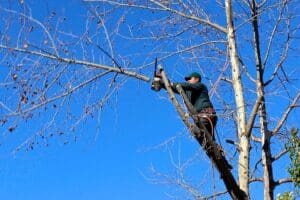
If there is one thing that we know in Massachusetts, it’s that the weather can change in an instant. We may believe that spring is here, but the weather may say otherwise. If you are new to gardening, one thing you know is that you don’t always know when your plant is in trouble. But one thing that’s for certain is that the weather can turn very cold in Massachusetts, even in spring. So, it’s important to know what to look for in your plants and what plant shock looks like.
The good news is that it’s easy to tell when a plant has gone into shock. First, you should decide how cold the temperature was and if it could cause shock. Depending on the plants, this can be anywhere from 50-60 degrees and under. If the weather was warm, other issues such as diseases could be the culprit.
However, if the weather was especially cold the night before, here are a couple of things to look for.
Two Plant Shock Signs
- The Leaves are Drooping – This is often one of the first signs of plant shock. When a plant has been damaged by cold, its leaves will droop or curl. This is due to cell damage. As a plant’s cells become damaged, they are less rigid. This means that the leaves will droop.
- The Leaves are Discolored – This is another easy-to-spot sign of plant shock. Search for red, white, or yellow marks near the veins of the leaves. These spots are dead cells that were killed off by frost. The cells may not all be immediately affected, depending on the plant. Areas that got hit by cold are going to turn the colors. The leaves might eventually die and then fall off.
Thank you for taking the time to read our latest blog about the signs of plant shock. Hopefully, the weather will break soon. But if not, now you know what to look for to help your plants. . If you are interested, one service we offer is plant health care. If you are interested in knowing more, click here to schedule a consultation.




